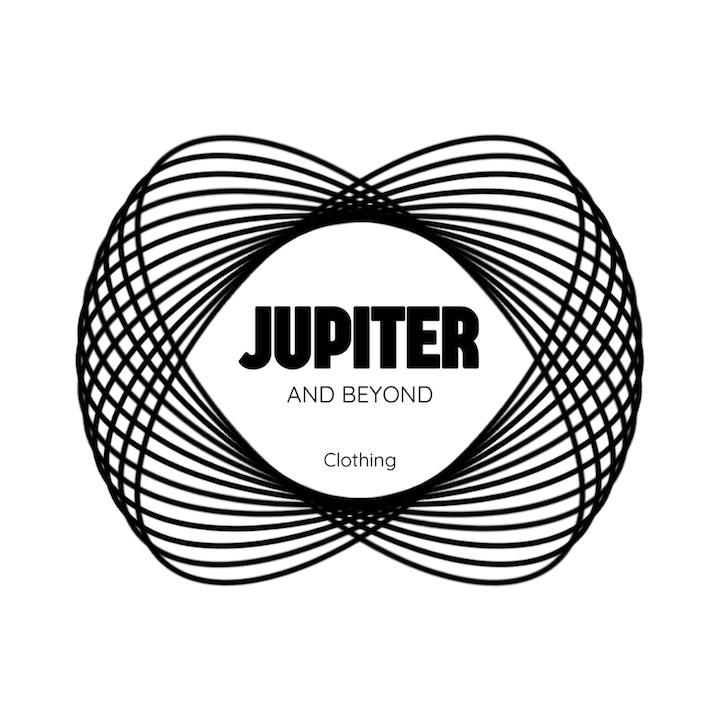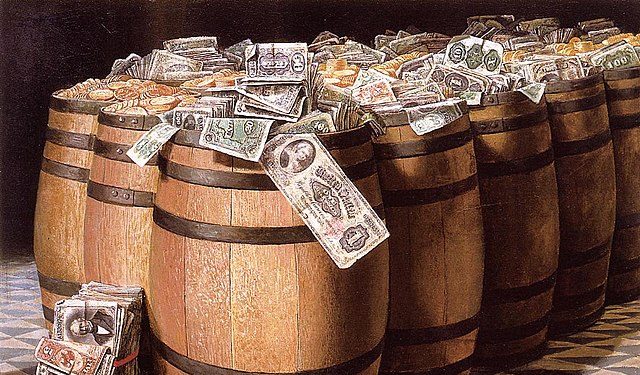Robert Kiyosaki’s “Rich Dad, Poor Dad” presents a compelling contrast between two fundamentally different approaches to money, work, and financial success. Through the stories of his two fathers – his biological father (the “poor dad”) and his friend’s father (the “rich dad”) – Kiyosaki illustrates how different mindsets and beliefs about money can lead to vastly different financial outcomes.
The Tale of Two Fathers
The story begins with Kiyosaki’s observation of two influential figures in his life who approached money and success in radically different ways. His biological father, highly educated with a Ph.D., believed in traditional education and job security. His friend’s father, while less formally educated, understood financial principles and the power of making money work for you. As Kiyosaki writes:
One dad would say, ‘The love of money is the root of all evil.’ The other said, ‘The lack of money is the root of all evil.’
The Poor Dad Mindset: Traditional Views on Work and Money
The poor dad’s mindset reflects traditional values and beliefs about financial success that many of us inherit from our families and education system. This approach emphasizes security, steady employment, and playing it safe.
Education and Career Focus
The poor dad believed strongly in academic education as the path to success. As Kiyosaki explains: “Study hard and get good grades, and you’ll find a high-paying job with great benefits.” This mindset sees professional qualifications and climbing the corporate ladder as the surest route to financial stability.
Security-Oriented Thinking
For the poor dad, job security represented the highest priority. He advocated working for a reliable company, building seniority, and accumulating pension benefits. Risk was something to be avoided rather than managed. The focus remained on steady income rather than wealth building.
Asset Understanding
The poor dad’s definition of assets often included personal possessions that actually depreciated in value. He would consider a new car or a bigger house as assets, even though they typically consumed rather than generated money. This fundamental misunderstanding of assets versus liabilities contributed to ongoing financial struggles.
Income Perspective
The poor dad’s approach to income centered on earning a higher salary through harder work and additional qualifications. As Kiyosaki notes:
The poor and middle class work for money. The rich have money work for them.
This mindset leads to the perpetual cycle of working harder to earn more, only to increase spending proportionally.
The Rich Dad Mindset: Financial Intelligence and Wealth Building
The rich dad approached money and success from a fundamentally different perspective, focusing on financial education and understanding how money works. His mindset emphasized building wealth through financial intelligence rather than traditional education alone.
Financial Education Priority
The rich dad believed that understanding how money works was more important than academic qualifications alone. As he taught Kiyosaki:
The single most powerful asset we all have is our mind. If it is trained well, it can create enormous wealth.
This approach emphasizes practical financial knowledge over theoretical learning.
Asset Building Focus
Central to the rich dad’s philosophy was a clear understanding of what constitutes a true asset. He defined assets simply: “An asset is something that puts money in your pocket. A liability is something that takes money out of your pocket.” This clear distinction guided all his financial decisions.
Understanding Money Flow
The rich dad emphasized understanding cash flow patterns rather than just focusing on income level. He taught that wealth comes not from how much you make, but from how you manage what you make. As Kiyosaki recalls him saying:
It’s not how much money you make, but how much money you keep, how hard it works for you, and how many generations you keep it for.
Business and Investment Orientation
Rather than working for money, the rich dad focused on building systems that generate money. This included starting businesses, investing in income-producing assets, and understanding tax advantages. He taught that true financial freedom comes from creating passive income streams rather than relying on active income alone.
Key Differences in Approach
Risk Perception
The poor dad saw risk as something to avoid, while the rich dad viewed it as something to understand and manage. As Kiyosaki explains: “The poor and middle class work for money, but the rich let money work for them.” This fundamental difference in risk perception shapes their entire approach to financial decisions.
Problem-Solving Approach
When faced with financial challenges, the poor dad often said, “I can’t afford it,” which ended the thinking process. The rich dad instead asked, “How can I afford it?” which stimulated creative problem-solving and opportunity identification.
Investment in Self
While the poor dad invested in traditional education with defined endpoints, the rich dad advocated continuous financial education and personal development. He believed in constantly expanding one’s understanding of money, markets, and business opportunities.

Practical Applications for Modern Life
The contrasting mindsets presented in “Rich Dad, Poor Dad” offer valuable lessons for contemporary financial decision-making:
Building Financial Intelligence
Understanding financial statements, investment principles, and market dynamics becomes as important as professional skills. This involves continuous learning about money management, investing, and business principles.
Creating Multiple Income Streams
Rather than relying solely on employment income, focus on building various sources of revenue through investments, business ventures, and passive income opportunities.
Asset Accumulation Strategy
Prioritize acquiring assets that generate income rather than accumulating liabilities that appear as status symbols but drain resources.
Modern Relevance and Application
In today’s rapidly changing economic landscape, the principles from “Rich Dad, Poor Dad” remain particularly relevant:
Digital Age Opportunities
The internet and digital technology have created new opportunities for building wealth through online businesses, digital assets, and global investments, aligning with the rich dad’s entrepreneurial mindset.
Financial Education Access
With abundant online resources and learning opportunities, acquiring financial intelligence has become more accessible than ever, supporting the rich dad’s emphasis on financial education.
Conclusion
The contrasting mindsets presented in “Rich Dad, Poor Dad” offer more than just financial advice; they present fundamentally different approaches to building wealth and achieving financial freedom. While the poor dad’s approach emphasizes security and traditional paths, the rich dad’s mindset focuses on financial intelligence, asset building, and creating multiple income streams.
The key lesson lies not in completely abandoning traditional wisdom but in expanding our financial understanding and options. As Kiyosaki concludes:
Intelligence solves problems and produces money. Money without financial intelligence is money soon gone.

